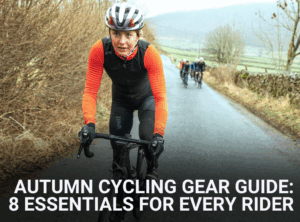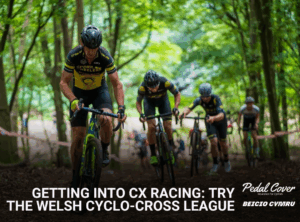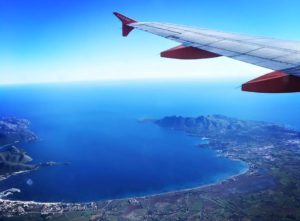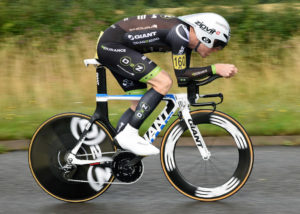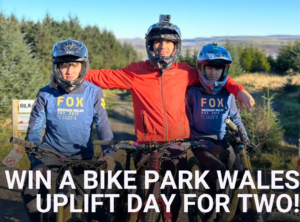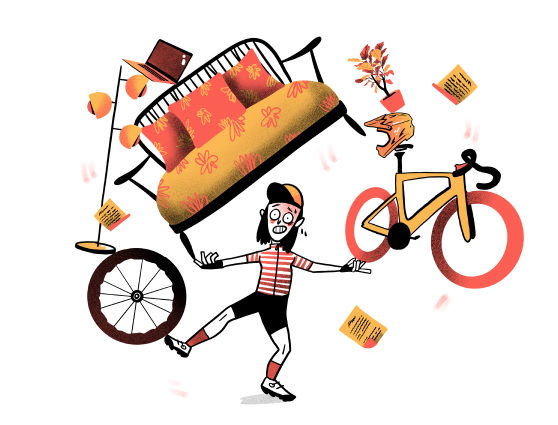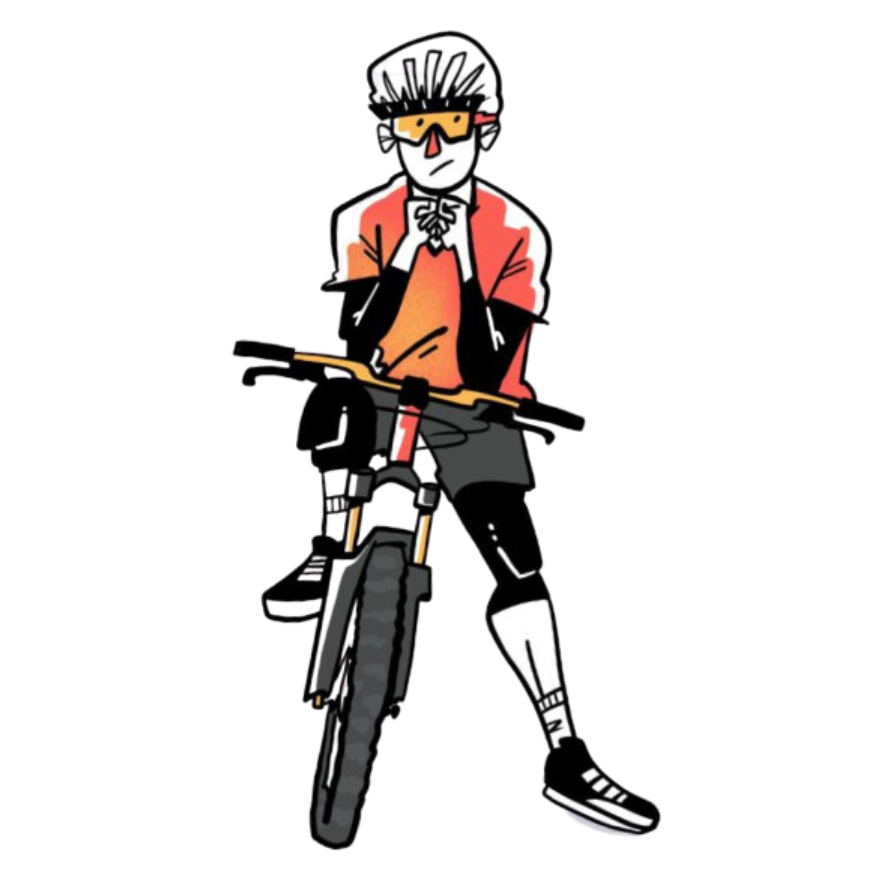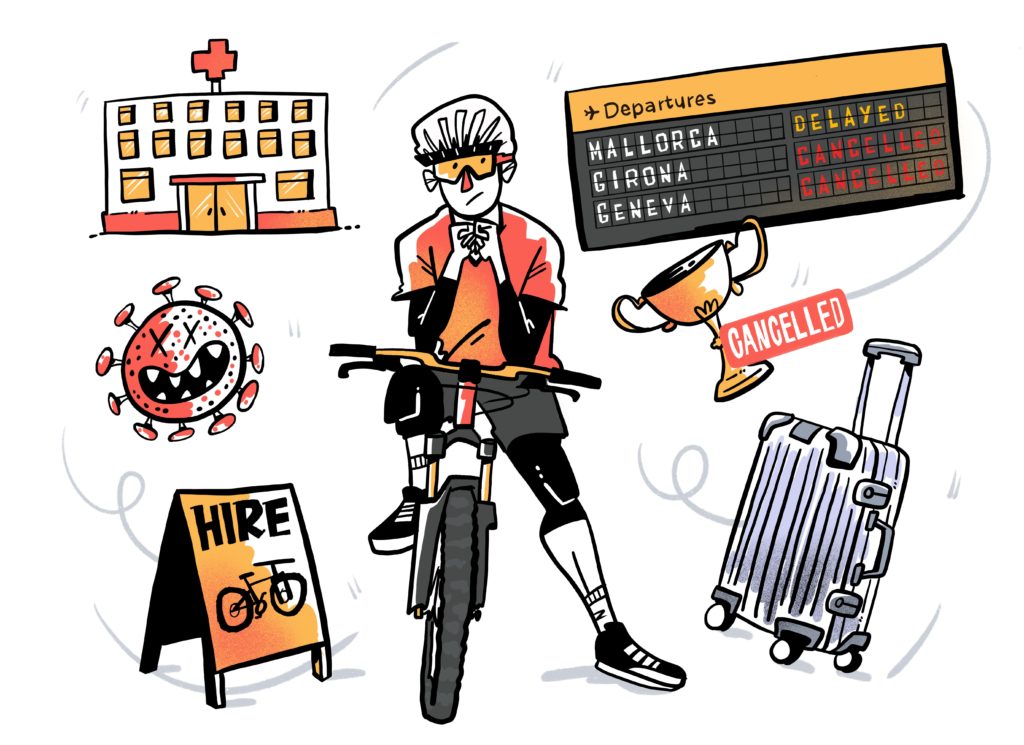Mountain biking and cycling in general, are one of those sports where the amount of money you spend is virtually limitless. Whether it be the latest bike, kit upgrades, tech, nutrition or tools, there are countless products that you can spend your hard earned money on. Aside from the obvious purchase being the bike, we’re here to cut through the noise and give you the definitive list of bits you need for a smooth, safe and enjoyable ride. Lets get stuck in.
Wardrobe
You don’t need to go crazy here. Fit is everything and the type of riding will likely dictate the kit you’re wearing. Most XC riders tend to stick with lycra as it has clear aero and weight advantages. For enduro or trail riding, the trend is somewhat towards looser fitting gear, although the days of super baggy kit are behind us…
Shorts
Waterproof is the way to go as they will provide an extra layer of protection to your crotch and rear end.
Trousers
An absolute must if you’re E-biking in winter as you’ll not generate as much heat with an assisted bike! Just remember that you’ll generate more heat wearing trousers and although many are very breathable, you are still at risk of overheating.
Jacket
A waterproof well vented jacket is an essential when the weather comes in. Having a jacket with a hood is extra useful if you end up exposed on a hilltop in the driving rain.
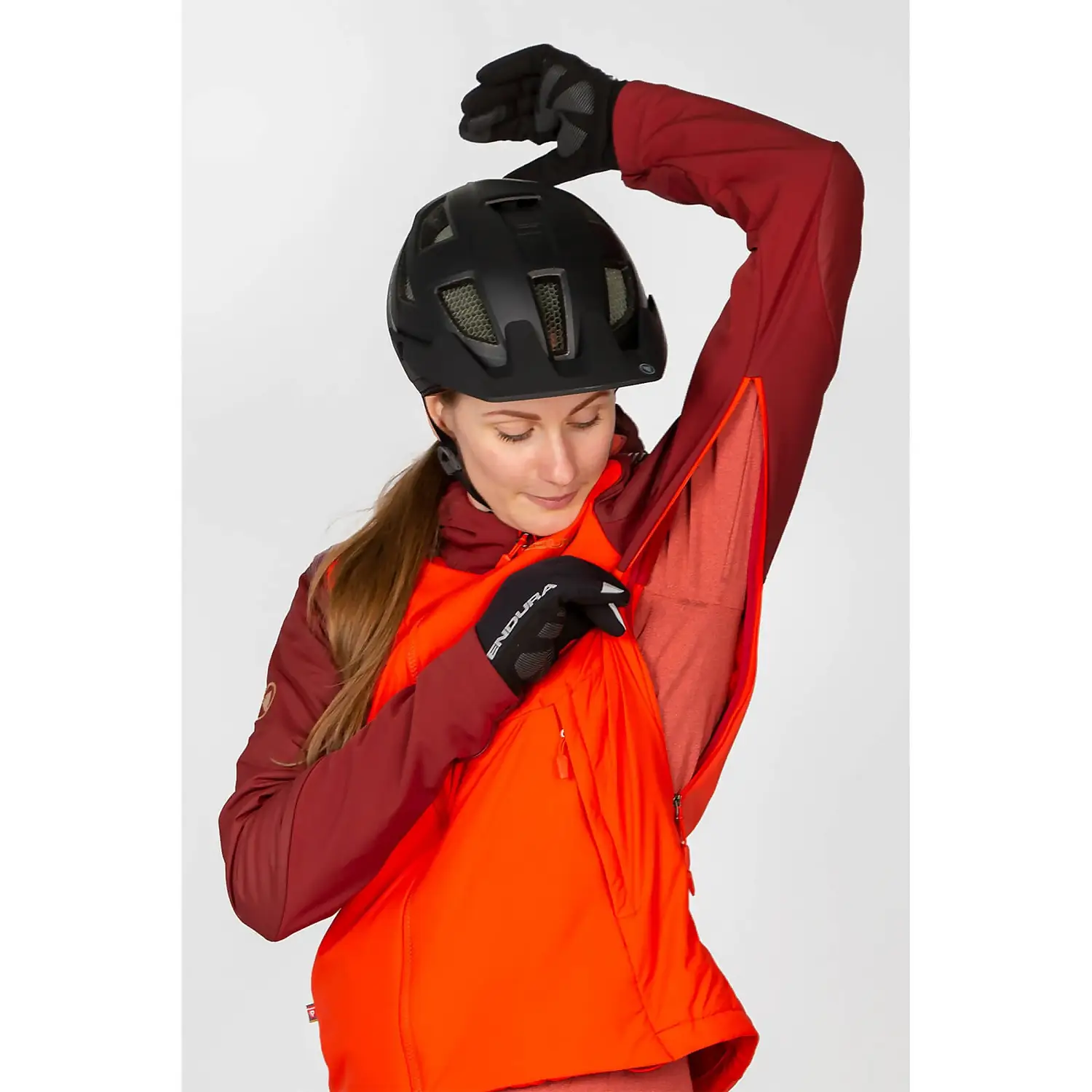
Eye protection
Although riding without glasses is possible, when its wet you’ll only last a few hundred meters before you’re power blinking lumps of mud out of your eyes. Suffice to say, this is less than ideal.
Most mountain bikers wearing open face crash helmets will opt for big frame glasses. Aim for a brand which gives the option of interchangeable lenses. If you are limited to lens choice, just remember that if you ride in woodlands, it gets a lot darker a lot sooner so a clear lens should be high on your priority list.
If you opt for a full face helmet, a set of goggles won’t go a miss. The beauty with goggles is that they keep virtually all mud and debris out of your face. The drawback is that goggles get sweaty, and sweat mixed with a lens = FOG. Top tip-remove goggles whilst ascending.
You can also go ‘full enduro’ and wear goggles with your open face helmet. Decide for yourself if its for you or not!
Gloves
Always opt for thin full finger gloves. You can ride without, but wet grips are slippery meaning you’ll have to grip harder which is not what you want.
Enduro pack
If you’re out riding day long epics in the Alps or forest then a backpack is useful but for 2-3 hours in the local forest, you don’t need a days worth of kit. We find that packing just the essentials keeps the weight to a minimum and allows full range of movement. Having a heavy backpack high up on your shoulders will not do your centre of gravity any good!
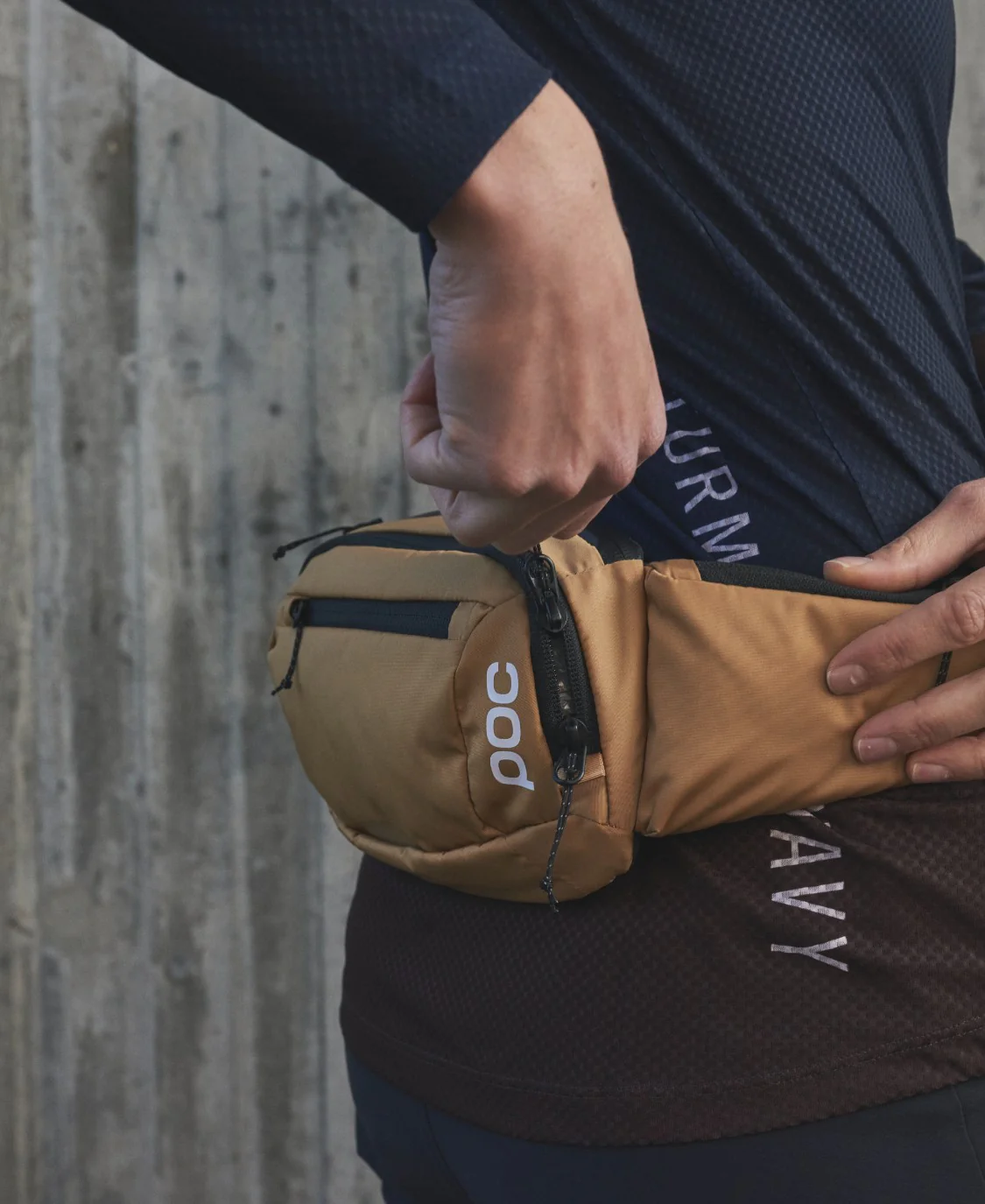
Protect yo’ self!
Helmet
There are helmets to suit all budgets. For trail riding, you’re best off with an open face helmet. If you’re riding more difficult terrain, bike parks or getting uplifts, a full face helmet is a better bet. The latest helmets have innovative MIPS technology which essentially reduce the shock your head experiences when the helmet makes contact with the ground. If you can afford a MIPS helmet, do it.
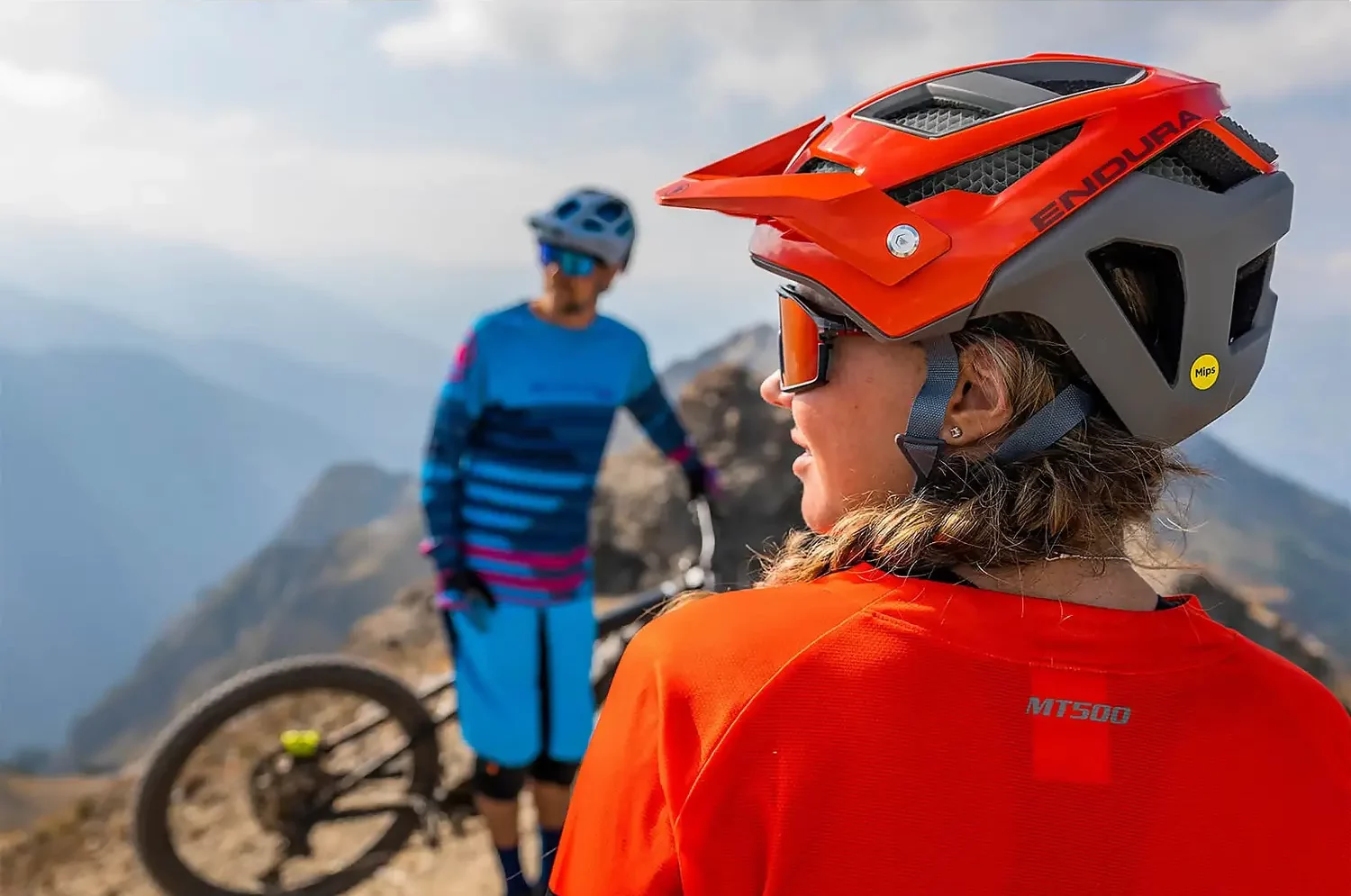
Knee/shin pads
Even a light weight knee pad will save you from some serious pain. If riding more challenging trails then you can go for full body armour but it’s not something you see people doing very often.
Tools of the trade
Multi tool
Make sure the multi took you buy has the adequate tools for your bike. i.e. torx and hex. We’d also highly recommend buying a tool with an integrated chain breaker as mountain biking is hard on chains. They can and do snap so make sure you’re prepared (don’t forget your spare link!).
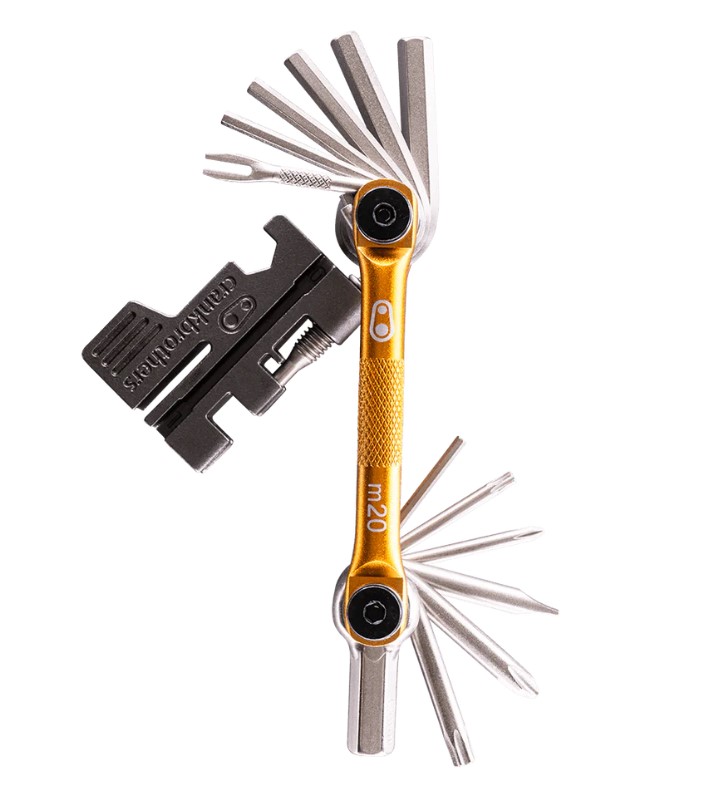
Puncture equipement
Basic stuff-if you’re an inner tube rider, take a spare inner tube, if you’re tubeless, take plugs. To save space in your pockets or hip pack, strap the tools onto your frame using a frame strap
The big question-Locked in or foot out flat out?
The choice between flat pedals and clipless pedals for mountain biking largely depends on your riding style, preferences, and the type of trails you frequent. Both options have their advantages and disadvantages. FYI, if you’re wondering why they’re called ‘clipless’ pedals, it’s because there are no toe clips or straps which go over the top of the foot. Thankfully, in 1970, Cinelli created a clipless pedal which used an aluminium cleat that locked into the pedal. This replaced pedals with straps altogether…Phew!
Flat Pedals:
- Versatility: Flat pedals are versatile and suitable for a wide range of riders. They are often preferred for technical terrain and downhill riding.
- Foot placement: You can quickly reposition your feet on flat pedals, making it easier to manoeuvre the bike and put a foot down if needed.
- Beginner-friendly: For beginners or those who are new to mountain biking, flat pedals can be less intimidating and offer a sense of security. It’s worth mentioning that some of the worlds best mountain bikers still race and win on flat pedals.
- Ease of entry/exit: You don’t need to engage or disengage from the pedal, which can be an advantage for riders who anticipate frequent stops and dismounts.
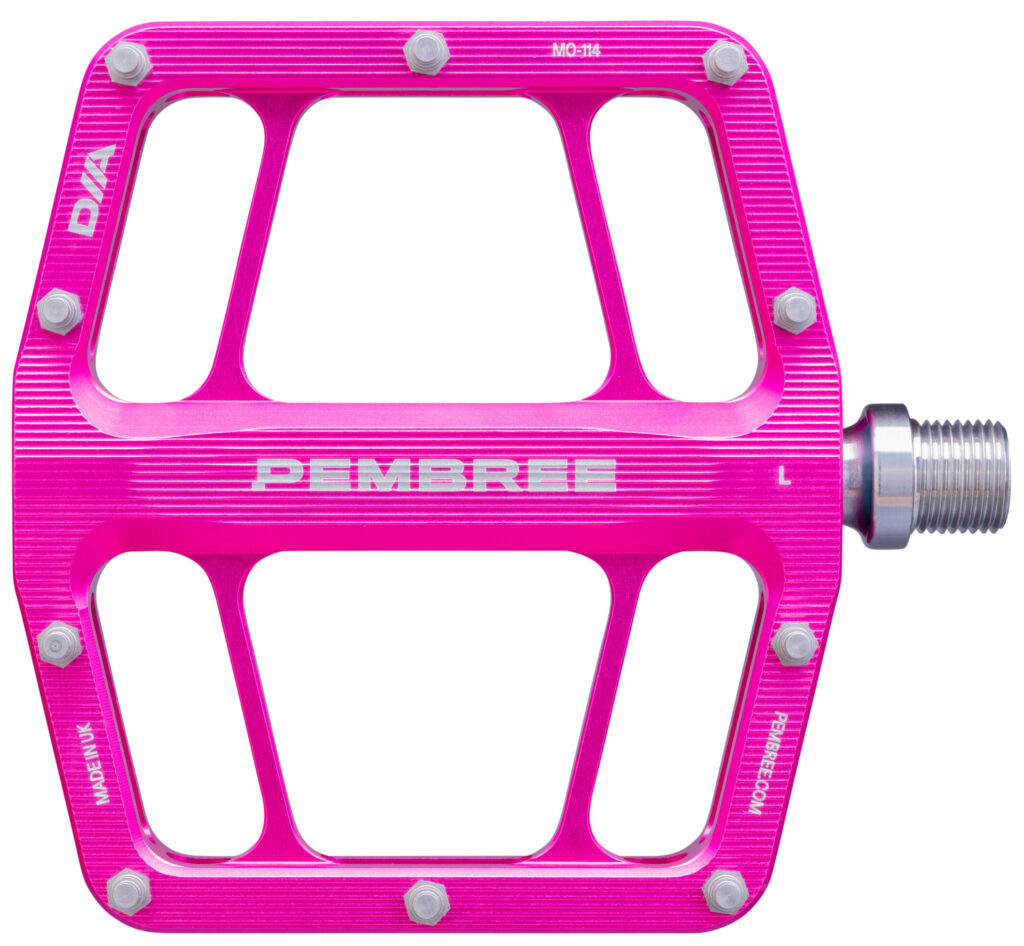
Clipless Pedals:
- Efficient power transfer: Clipless pedals offer a more efficient power transfer from your legs to the pedals, which can be especially beneficial for climbing and longer rides.
- Control: They provide a secure connection between your feet and the bike, giving you more control over the bike’s movements.
- Reduced foot slippage: Clipless systems prevent your feet from bouncing off the pedals during rough descents.
- Muscle efficiency: Clipless pedals can reduce the likelihood of foot and leg fatigue since you don’t need to focus on maintaining foot placement.
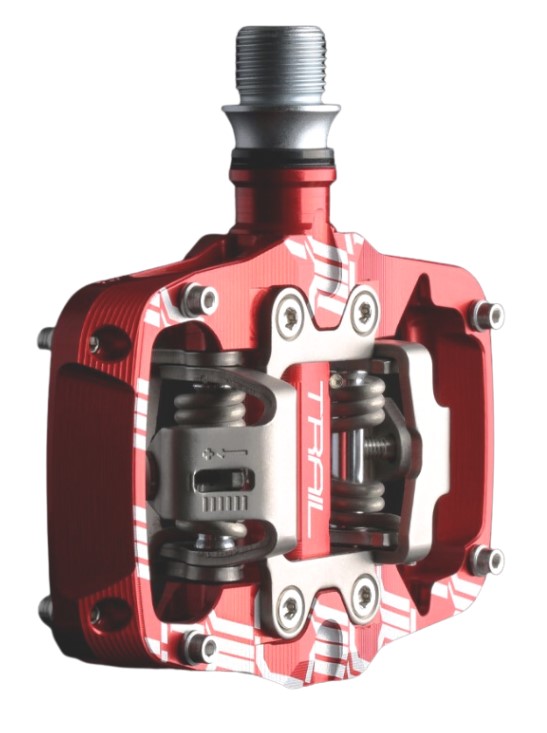
Night riders assemble
For anyone working the 9-5, you’re going to need to go night riding. This is no bad thing. Most importantly, your primary light needs to be a head torch and then it’s also useful to have another light mounted on your bars.
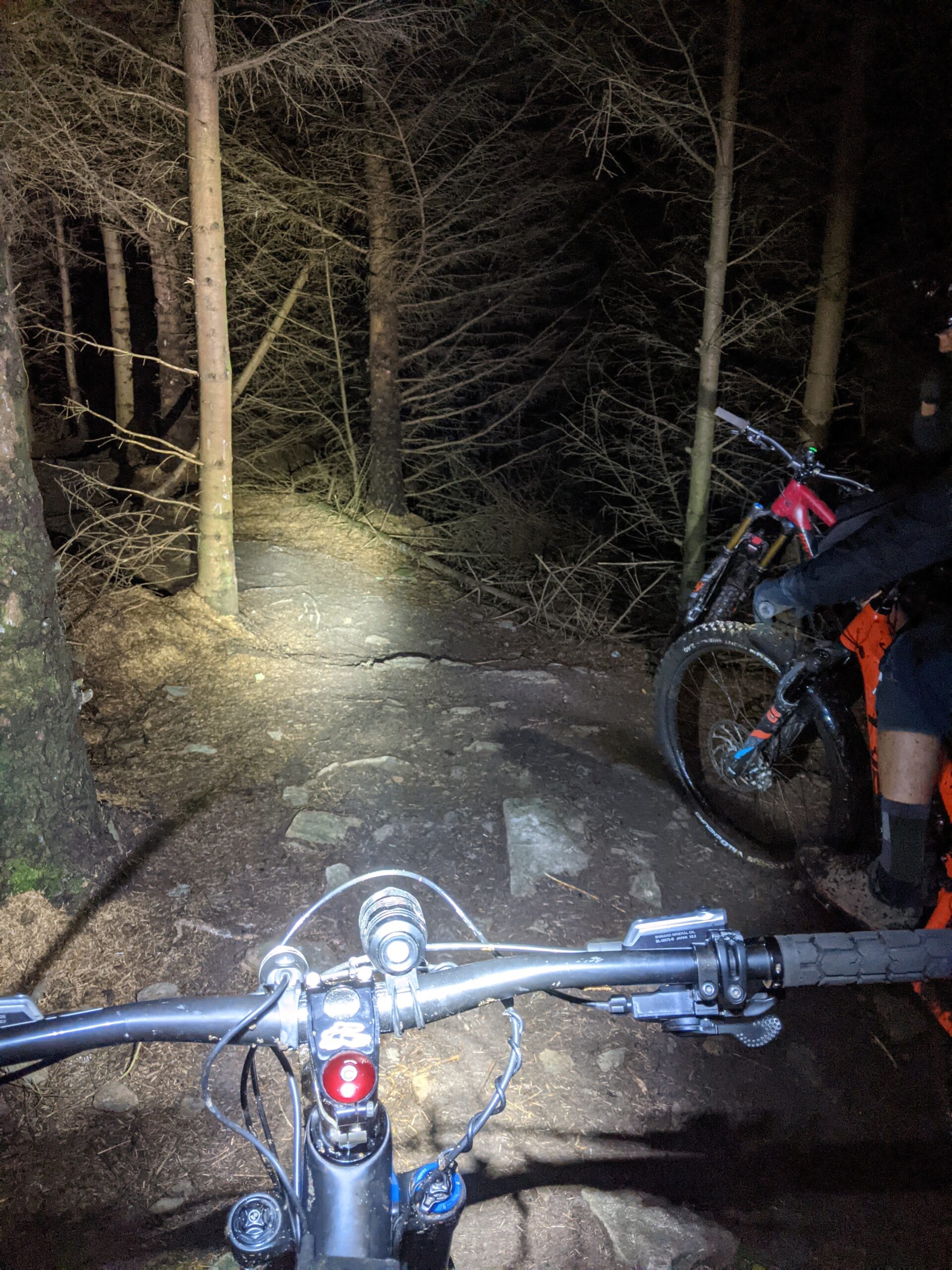
Bike upgrades you actually need
Tyres
Upgraded rubber can make a huge difference to the overall grip, feel and drag you have to overcome when riding. A soft compound tyre will offer the most grip but at the expenses of drag and wear speed. In equal measure, the grip pattern of a mud spike will make for a very unpleasant experience on wet shale. Work out what sort of terrain you’re likely to ride most and go from there.
Pedals
We’ve already touched on pedal styles but a good quality pedal really will make a difference. Modern flat pedal platforms are wide and have a low profile. Brands such as Hope and Pembree design and make their products in the UK. They’re built to last and are fully serviceable.
Suspension set up
Poorly setup suspension will make things difficult. A brand new out of the box mountain bike will need to be dialled in to accommodate your weight and riding style. Check out GMBN’s 10 minute setup guide here
Ride. Wash. Rinse. Repeat.
Bike cleaning
Keep it simple! Always wash your bike after muddy rides. Use bike specific cleaners and where possible buy UK brands. From experience, Peaty’s products are biodegradable and use recycled plastics where possible. All you really need is a bottle of loam foam, a bucket, microfiber wash mitt (avoid sponges), a hose and a towel to dry the bike off. Don’t forget to lubricate once the bike is dry.
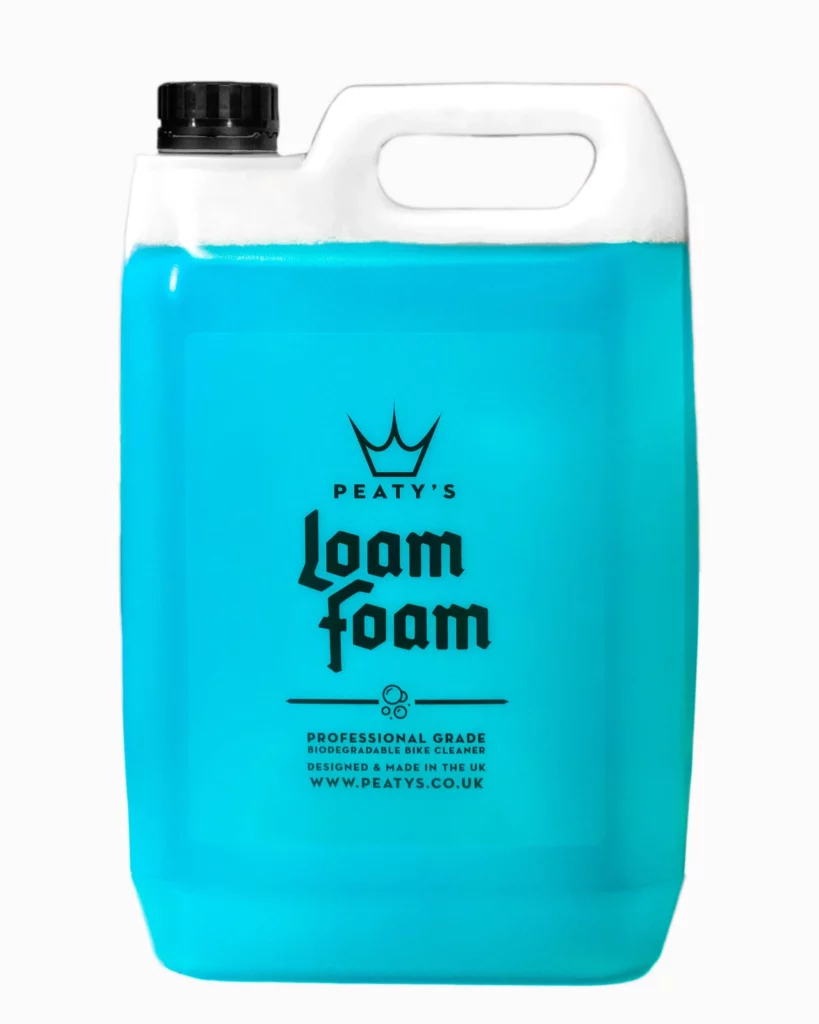
Clothing
Strip off, hose off the worst of the mud from your kit and if washing waterproof gear, use a specific formulated tech wash. Don’t forget to stick the knee pads in, but watch out for any loose Velcro straps as you don’t want them eating into the fabric of your clothing.

Shoes
Once rinsed and allowed to drip dry for a few hours, stuff them with old newspaper to help them dry out. Cheap and effective.
Think we have missed anything? Let us know in the comments! don’t forget, you’ll also probably want to get your bike insured too! Take a look at Pedal Cover bike insurance which is designed to cover crash damage, theft, liability cover, personal accident and much, much more. If you need some help, just drop our support team a line on 0800 121 4424


